Main Menu
Backcountry Bumble: Lessons Learned and Shared
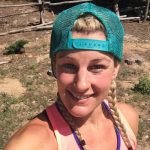
Taylor is a runner, skier, and outdoor adventurer living in Colorado. She discovered the joys of running a few years ago as a way to overcome depression and live a healthier lifestyle. When not running or exploring the outdoors, she works as an emergency veterinarian at VRCC in Denver, CO.
Share This Article!
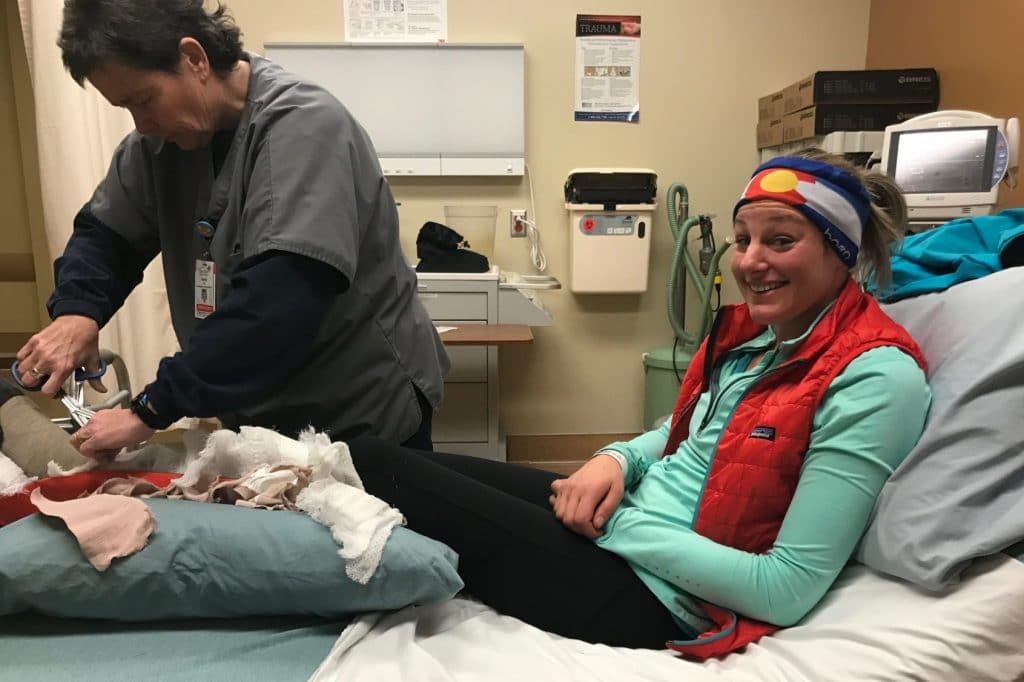
When setting out for a day in the wilderness, you are always filled with excitement and anticipation and never expect the worst case scenario. We’ve all heard stories of backcountry injuries, but always assume they won’t happen to us. For me, 1/28/17 was one those days, and I will never forget it.
My alarm went off around 5:45 am and I laid there for about 10 minutes thinking about how nice it would be to just sleep in for once; should I just text my friends and tell them that I’m out? No, the adventure will be worth it, it always is…
I dragged myself out of bed, fed the animals, packed my backcountry skiing gear into the car and set off for Rocky Mountain National Park. It was going to be a cold day, -16 F when I checked the weather from bed. I was hopeful it wouldn’t be too bad because most of the route was in the trees. I made my way to the Glacier Gorge parking lot to meet my friends (Katy, Alli, Morgan, and Michelle). The wind was whipping through the parking lot at unbelievable speeds and we were seriously questioning our adventure choice, but decided to press on. I strapped on my skis and everyone else strapped on snowshoes, and we headed into the woods. The wind was substantially less in the trees like I had hoped and we happily glided through the snow chatting and enjoying the beautiful scenery.

After a few miles, we made it to Loche Vale which opened up into a beautiful vista of mountains surrounding the frozen lake. The wind was intense without the trees, so we took a few pictures and quickly mobilized ourselves to head back for some hot chocolate. Everyone went ahead as I switched my bindings and packed up my skins. I was super excited to ski down the trail other than some tight areas in the trees. It didn’t seem too complicated as long as I was careful.

There was a wide open powder filled downhill directly below Loche Vale, so I pushed off and headed down. Everything was going great and I was having a blast until something went terribly wrong…the powder had recently been exposed to sun and had a thick layer of crust on top of it. The tips of my skis briefly went under this crust and got stuck. I fell forwards and my right ski released but my left did not. The fall itself was not so dramatic but my left leg twisted underneath me awkwardly followed by a large number of pops and snaps.

I laid there for a second in complete disbelief, trying to make sense of the situation and partially wondering if I had snapped my leg in half. I slowly rolled over and released the binding, pulled my skis out of the snow, and tried to stand up. I was extremely weak and shaky and unclear as to the extent of the injuries. I got into a standing position and waved to my friends that I was okay, and for a few minutes had myself convinced that was the case as well. I contemplated putting the skis back on but realized that my knee was really painful and I had a strong feeling that my fibula was fractured. I strapped my skis to my backpack and attempted to use my poles to hike down to my friends. With all the initial adrenaline pumping through my system, I was able to make it to them and explained what had happened. Alli and Morgan immediately headed along down the trail to find some help while Katy and Michelle stayed back with me to see how far we could get on foot.
Using my poles like crutches, I made it maybe a quarter mile down the trail before we realized that the waist deep snow combined with unstable hiking in ski boots was not going well. It was around this time that Mike and John came upon us. They introduced themselves and John stated that he had just completed a Wilderness First Responder course. They briefly assessed the situation, gave me some Tylenol and attempted to carry me out in multiple different ways with no significant success…the snow was simply too deep.
Much to my dismay, John and Katy took charge of the situation and stated that we would simply wait for Search and Rescue to find us. John jumped into action realizing that the injury was likely far more severe than I had initially let on. I was shaking uncontrollably and in an immense amount of pain, although trying not to let anyone know. Mike, John, and Katy all gave me their extra jackets and John examined my leg and placed a splint using a ski pole, sleeping pad, tape, and ace bandage. He propped me up on a backpack off the snow, took my vitals, and forced me to drink some water and eat some food. We then proceeded to wait for Search and Rescue to come and toboggan me out…how long could that take?
Mike, Katy, and John took turns talking to me and doing laps up and down the trail to keep warm. Various people came upon us as we waited and with unbelievable kindness and trust donated their extra jackets and a sleeping pad to sit on (leaving just their name and address or phone number). One wonderful person even gave us supplies to start a fire which ended up being a life saver for all of us given that it was about 8-10 F.

After some time, the best dynamic duo of the Search and Rescue team, Randy and Kevin, showed up on skis. They were delighted to see the fire and John’s excellent patient care. They assessed the scene and decided that it was necessary to more thoroughly examine the injuries to my leg, aka take my ski boot off. For anyone who skis, you know that this can be painful even if your leg isn’t injured. With 4 people stretching the boot as far as it would go, we successfully removed it and realized that my ankle was likely also involved in the injury.
They applied a different splint and gave us tons of warming equipment including a self-heating blanket and a bunch of hand and toe warmers. We then proceeded to wait for the toboggan to arrive…it took a total of 6.5 hours from injury to toboggan arrival. The Search and Rescue team did an amazing job, but are unfortunately currently massively under-staffed due to a recent hiring freeze to the National Park Service. The 30-minute toboggan ride to the road would have been pretty fun under other circumstances, if it wasn’t so painful. Rounded out by a trip to the ER, dinner, and the ride home I began to realize just how fortunate I was.

I learned so many lessons from this adventure (and mis-adventure). To start, it is so important to be prepared when you go into the backcountry! After this experience, I cannot stress this enough! Some of the things that came to the forefront for me are listed below:
Important things to carry even for day trips:
- Extra layers! Even if it is just a long sleeve or maybe a puffy coat and dry socks, bring something because you never know how long you might be sitting there.
- First aid kit! Even a small one can make a big difference. Before search and rescue got to us, we were able to make a splint out of a ski pole and an ace bandage and tape. The Tylenol was helpful too.
- Supplies to build a fire! It gets really cold really quickly if you aren’t moving. Even just matches and a small fire starter will get you what you need as long as you can find wood.
- Toe and hand warmers! They weigh nothing, take up very little space, and can help prevent frostbite.
- Extra food and water! This is especially important for people with food intolerance or allergies.
Other things that may help:
- Sleeping pad! An inflatable sleeping pad made a significant difference in keeping me off the snow and warm.
- All weather blanket! The rangers wrapped us in an all-weather blanket by the fire to help keep the heat in. Could also be used to keep you off the snow.
- Two way radios! In RMNP, as with a lot of backcountry areas, there is no cell reception. We were out there for 7 hours without any contact with the rest of our group. Having two way radios would have been an excellent way to stay in communication.
- Spot GPS! More important if you are adventuring alone in an area without reception. Cheaper and much smaller than a satellite phone in case of emergency.
- Headlamp! Luckily we were able to get out before the sun went down, but light would have been crucial if the evacuation had taken longer.
Having John there with backcountry medical knowledge was crucial. I am medically trained for emergencies (on animals), but not for the backcountry and not when it comes to taking care of myself. If you do a lot of outdoor adventuring, looking into wilderness medicine classes could be the difference between life and death. The Wilderness Medical Institute through NOLS has some of the best classes: NOLS Wilderness Medicine
The hiring freeze on the National Parks is truly disturbing. More important than making rescues that are more labor intensive than necessary, the people who protect nature and the land that we treasure so much is at crisis. I’m not sure what the best way is to fight against this horrible movement is at this time, but I plan to figure it out!
And finally, the people involved. The unbelievable generosity, kindness, and selflessness that so many people showed me is something that I will never forget. This encompasses not only my friends but complete strangers on the trail. As a person who has suffered from depression for most of my life, I have never really been able to truly trust people to be there for me (other than my family). This experience has completely changed my view of people and I am still wrapping my brain around it all. From complete strangers (Mike and John) staying with me for 13 hours to ensure that I made it home, to friends going to my house to let my dog out and feed my animals, to bringing me food and other injury necessary paraphernalia, rides, and wonderful calls and texts it spanned the gamut and I could not be more thankful. Despite everything that is going on in the world right now, I can safely say that people are inherently good and amazing, and will always keep that in mind!

The final diagnosis: spiral fibular fracture, syndesmosis tendon rupture, and patellar dislocation with cartilage shearing…knee and ankle surgery complete and on the way to recovery!
About the Author:
Taylor is a runner, skier, and outdoor adventurer living in Colorado. She discovered the joys of running a few years ago as a way to overcome depression and live a healthier lifestyle. When not running or exploring the outdoors, she works as an emergency veterinarian in Denver.
Website: tcuphalf-full.com

About the Author

Taylor is a runner, skier, and outdoor adventurer living in Colorado. She discovered the joys of running a few years ago as a way to overcome depression and live a healthier lifestyle. When not running or exploring the outdoors, she works as an emergency veterinarian at VRCC in Denver, CO.
Share This Article!

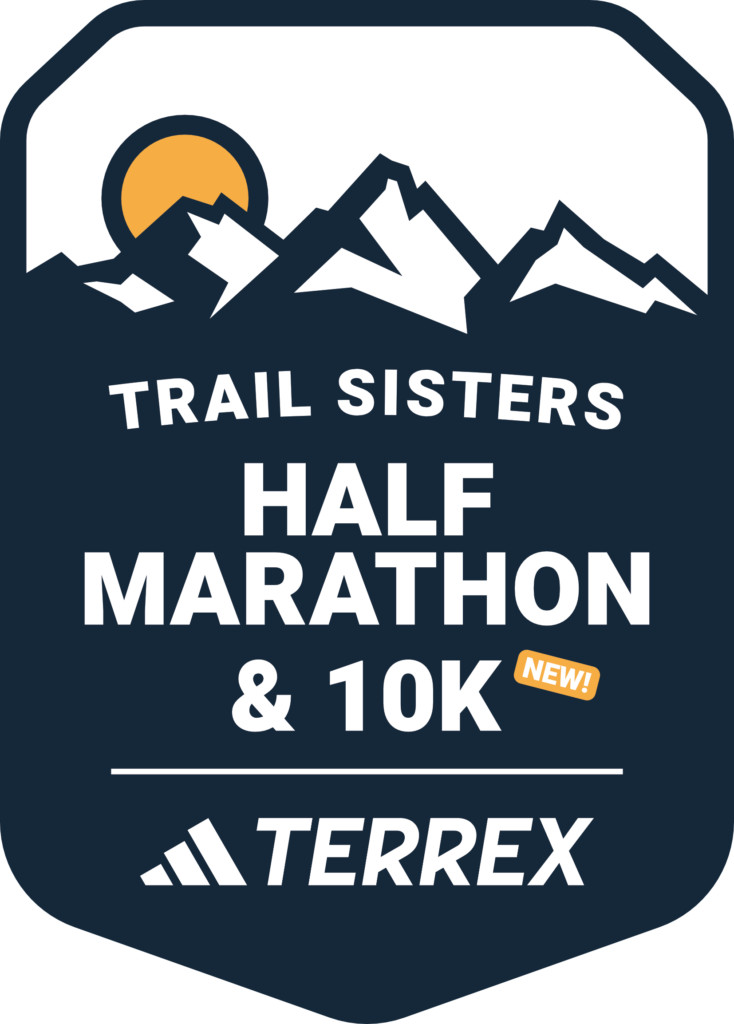
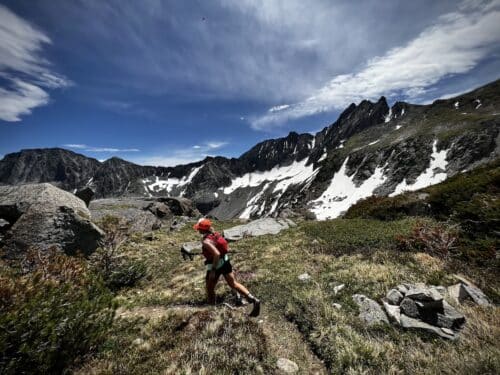
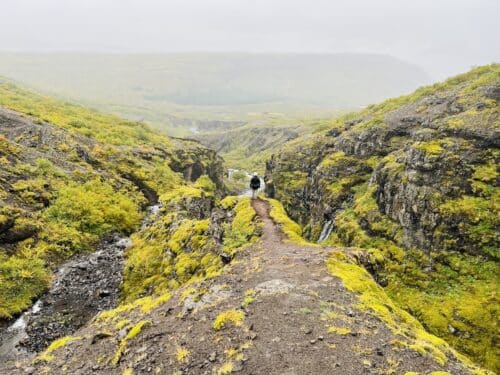

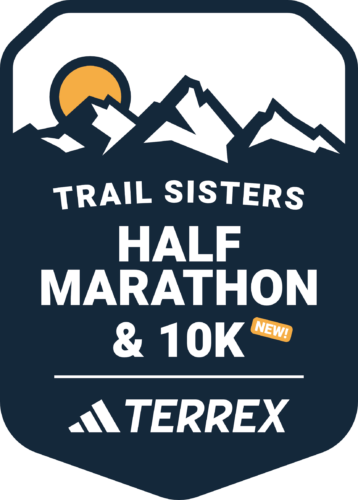
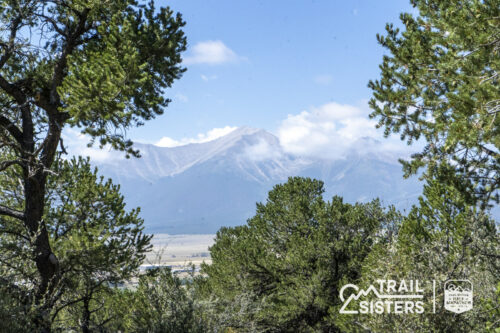
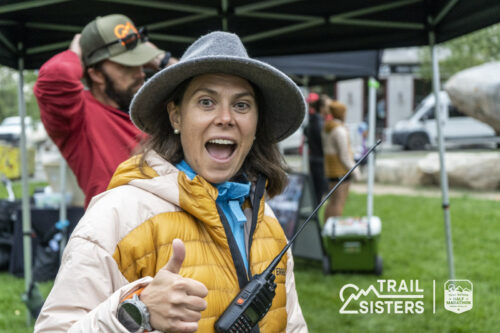
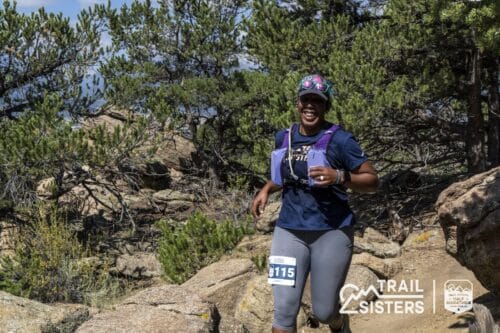
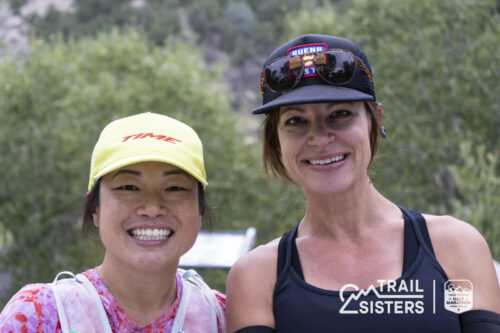
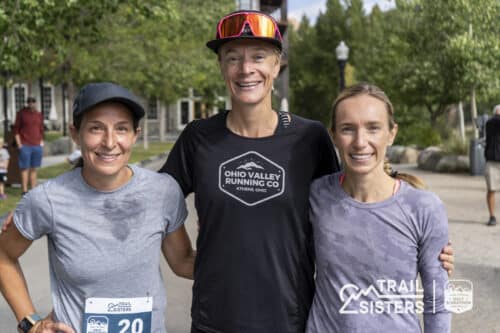
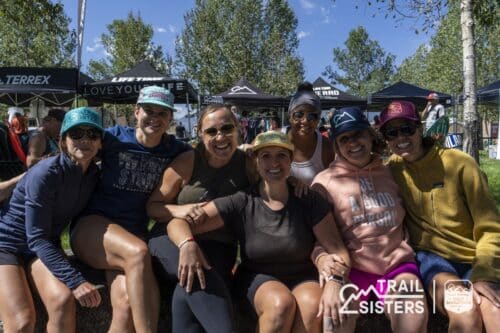
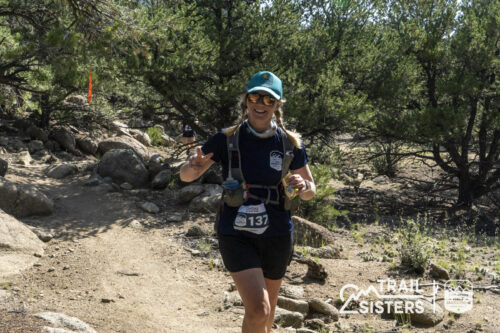
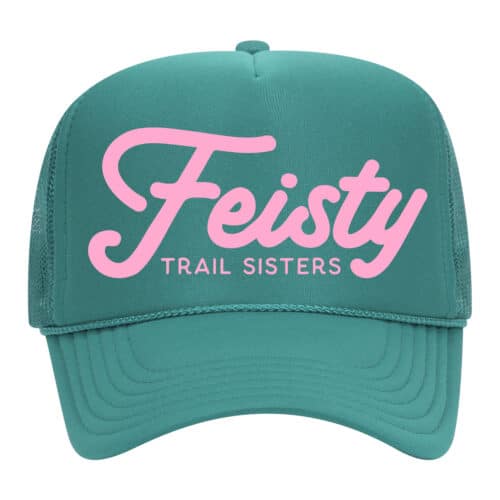
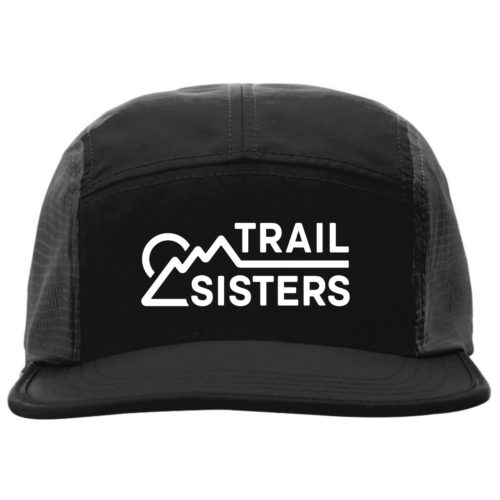
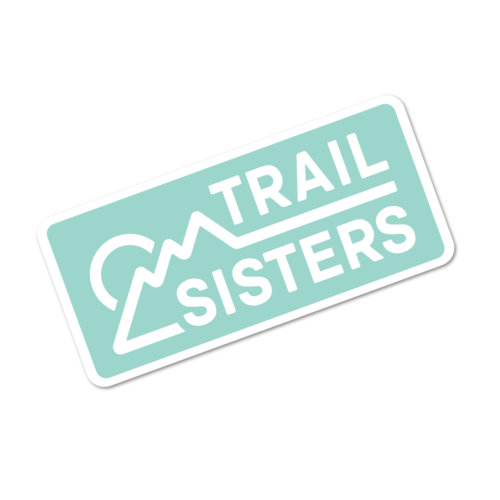
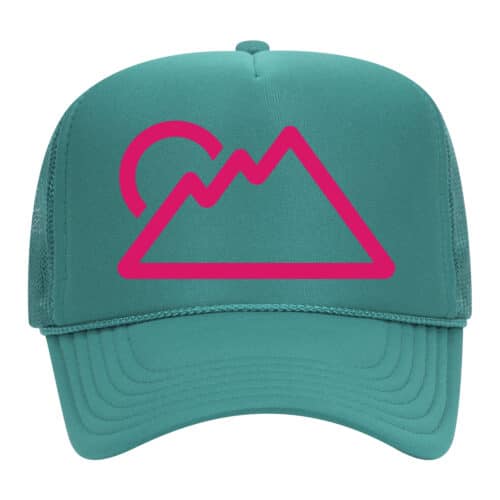
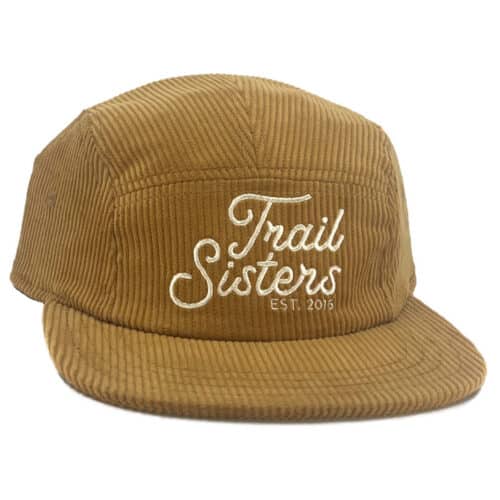
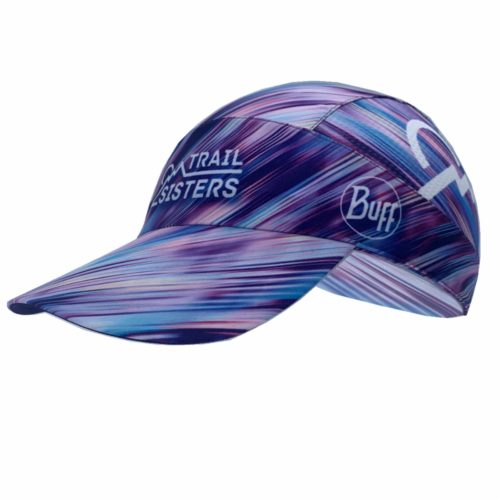

4 Responses
YEAH TAYLOR! Thanks for sharing – great tips and insight!
Thank you so much Aimee! I hope these tips end up helping somebody out 🙂
What a great story! I hope you heal well & quickly. So happy there are kind people in this world 🙂
Thanks Marci! Going to be a bit of a long road but already in PT. It was incredibly heartwarming to see that there are that many amazing people in the world. It was a good reminder that people are inherently good!